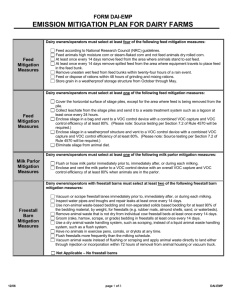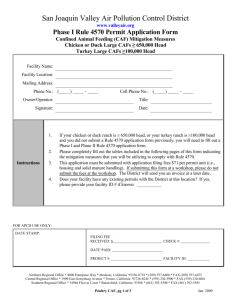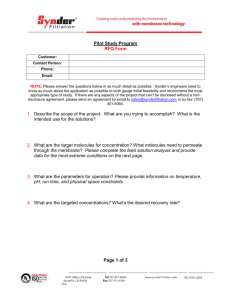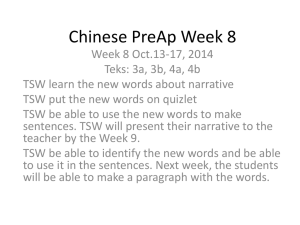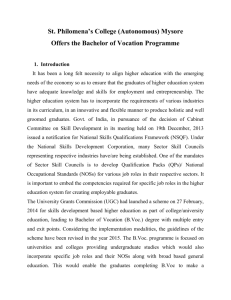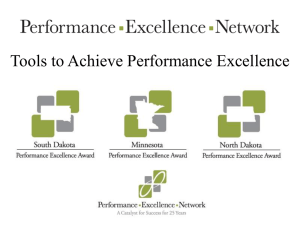Word document
advertisement
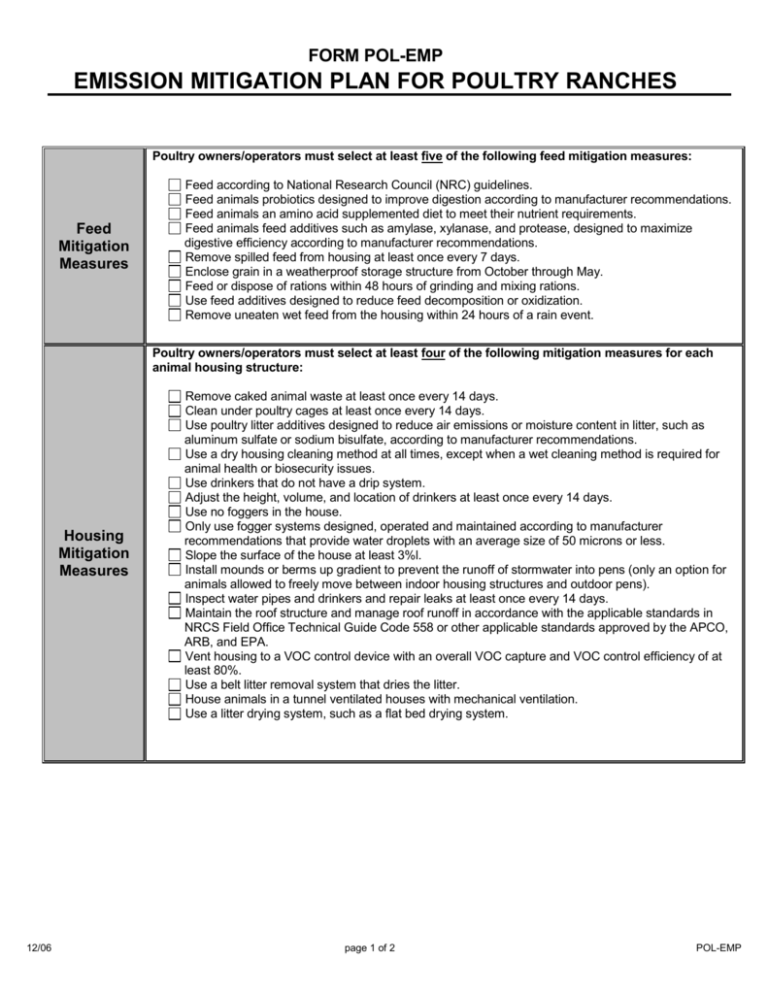
FORM POL-EMP EMISSION MITIGATION PLAN FOR POULTRY RANCHES Poultry owners/operators must select at least five of the following feed mitigation measures: Feed Mitigation Measures Feed according to National Research Council (NRC) guidelines. Feed animals probiotics designed to improve digestion according to manufacturer recommendations. Feed animals an amino acid supplemented diet to meet their nutrient requirements. Feed animals feed additives such as amylase, xylanase, and protease, designed to maximize digestive efficiency according to manufacturer recommendations. Remove spilled feed from housing at least once every 7 days. Enclose grain in a weatherproof storage structure from October through May. Feed or dispose of rations within 48 hours of grinding and mixing rations. Use feed additives designed to reduce feed decomposition or oxidization. Remove uneaten wet feed from the housing within 24 hours of a rain event. Poultry owners/operators must select at least four of the following mitigation measures for each animal housing structure: Housing Mitigation Measures 12/06 Remove caked animal waste at least once every 14 days. Clean under poultry cages at least once every 14 days. Use poultry litter additives designed to reduce air emissions or moisture content in litter, such as aluminum sulfate or sodium bisulfate, according to manufacturer recommendations. Use a dry housing cleaning method at all times, except when a wet cleaning method is required for animal health or biosecurity issues. Use drinkers that do not have a drip system. Adjust the height, volume, and location of drinkers at least once every 14 days. Use no foggers in the house. Only use fogger systems designed, operated and maintained according to manufacturer recommendations that provide water droplets with an average size of 50 microns or less. Slope the surface of the house at least 3%l. Install mounds or berms up gradient to prevent the runoff of stormwater into pens (only an option for animals allowed to freely move between indoor housing structures and outdoor pens). Inspect water pipes and drinkers and repair leaks at least once every 14 days. Maintain the roof structure and manage roof runoff in accordance with the applicable standards in NRCS Field Office Technical Guide Code 558 or other applicable standards approved by the APCO, ARB, and EPA. Vent housing to a VOC control device with an overall VOC capture and VOC control efficiency of at least 80%. Use a belt litter removal system that dries the litter. House animals in a tunnel ventilated houses with mechanical ventilation. Use a litter drying system, such as a flat bed drying system. page 1 of 2 POL-EMP Poultry owners/operators which handle solid animal waste or separated solids animal waste stored outside the animal housing must select at least one of the following solid or separated solids animal waste mitigation measures: Please note, only one of the following two measures will count towards the one required for this category. Remove all animal waste from the facility within 72 hours of removal from housing. Send all animal waste to a lagoon within 72 hours of removal from housing. Solid Waste Mitigation Measures Please note, any of the following five measures may be selected. Cover animal waste outside the housing with a weatherproof covering from October through May, except for times, not to exceed 24 hours per event, when wind events remove the covering. Use a solid animal waste handling system in housing, such as stockpiles, solid land application, or a thin bed animal waste drying system, instead of a liquid system such as flushing, animal waste storage ponds, or animal waste treatment lagoons. Send at least 51% of the animal waste removed from site to a digester, with a VOC control device with an overall VOC capture and VOC control efficiency of at least 80%. Compost animal waste removed from the housing with an aerated static pile vented to a VOC control device with an overall VOC capture and VOC control efficiency of at least 80%. Poultry owners/operators which handle liquid animal waste must select at least one of the following liquid animal waste mitigation measures: Please note, only one of the following two measures will count towards the one required for this category. Use phototrophic lagoon as defined in Rule 496, Section 234. Use an anaerobic lagoon as defined in Rule 496, Section 204. Liquid Waste Mitigation Measures 12/06 Please note, only one of the following two measures will count towards the one required for this category. Use an aerobic lagoon as defined in Rule 496, Section 202. Use a mechanically aerated lagoon. Please note, any of the following seven measures may be selected. Manage the facility such that there are no lagoons at the facility.. Remove solids from the waste system with a solid separator system, prior to the waste entering the lagoon. Maintain lagoon pH between 6.5 and 7.5. Maintain organic loading in the lagoon such that the total solids are less than 3.5 mg (dry weight)/mL, or total volatile solids are less than 3.5 mg/mL. Use additional non-standard equipment or chemicals on the solid separator system, such as roller or screw presses or chemical coagulants and flocculants, that increase the percent of solid separation achieved by the separator and that is approved by the APCO, ARB, and EPA. Cover the lagoon or storage pond and vent to a VOC control device with an overall VOC capture and VOC control efficiency of at least 80%. page 2 of 2 POL-EMP
